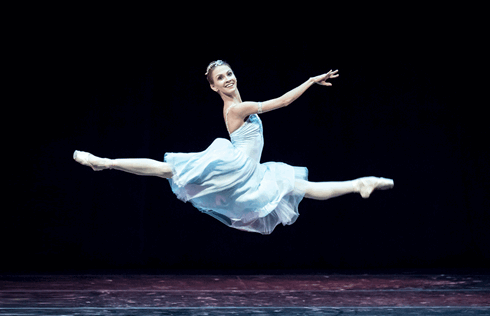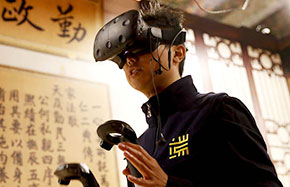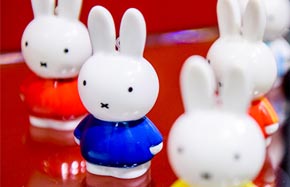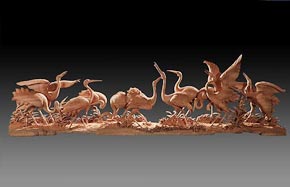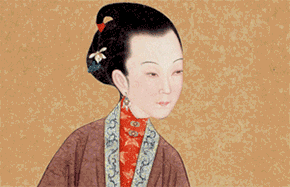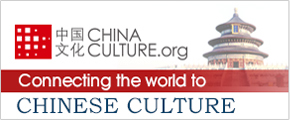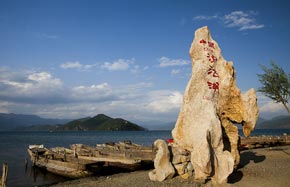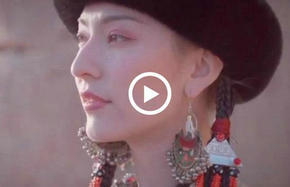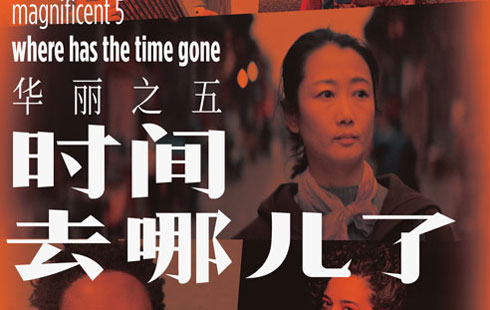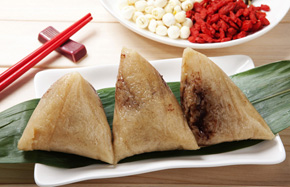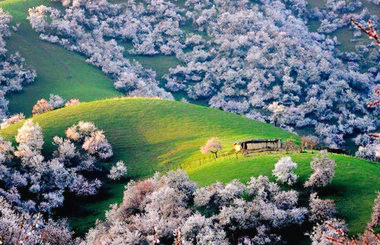The best porcelain of the Ming era is on show in Beijing
Although the imperial kiln porcelain produced during the Hongzhi (1488-1505) and Zhengde (1506-21) rules cannot compete in numbers with Chenghua's rule, they have strong characteristics.
For example, Lyu says yellow porcelain created during the Hongzhi rule is perhaps among the best in Chinese history.
"The color looks so tender. I'd like to compare it to chicken grease," Lyu says.
"Hongzhi porcelain inherited its elegant style from the Chenghua era and even took it beyond."
He says that dragons with closed mouths appear in images on vases.
"Well, even powerful dragons look really docile during Hongzhi's reign," he says, smiling.
Emperor Hongzhi was a ruler who wasn't known to be attached to a luxurious lifestyle. Some high officials during his reign recommended ceasing the operation of imperial kilns to save money for other things in the country. Though the emperor finally resumed the kilns after suspending operations for a few years, he still kept their production in low quantities.
"All this is attributed to his art taste in porcelain, emphasizing simple flavors," Lyu says.
Some types of porcelain used for sacrificial rituals were created during Hongzhi's time and were used later, even in the Qing Dynasty (1644-1911). The wares made during his reign used deep purple as one of the main colors, which Lyu says was the first time the "eggplant color" was used in Chinese porcelain.
But the style shifted when the reign of Zhengde began.
Emperor Zhengde was associated with debauchery and bizarre hobbies in previous historical records. But some modern historians have reflected on his progressive views on individual freedom. No matter which label is more convincing, the emperor has left many unique porcelain collections.
For instance, he had strong interest in studying religions, including Islam, Taoism and Tibetan Buddhism. Some exhibits at the ongoing show reflect their strong influences on the wares of his times. For instance, Islamic eulogies written in Arabic and Persian are commonly seen on the artifacts.
An ancient Mongolian language was also used on a piece of Zhengde porcelain to record the production year. There is no other such example in Chinese porcelain history, even during the Yuan Dynasty (1271-1368), when Mongols ruled.
"The highest achievement made by Zhengde porcelain were wares created in malachite green," Lyu says.
The curator points out that in the later years of Zhengde's reign, porcelain pieces were full of flamboyant colors and patterns, reflecting lifestyle changes in society at the time.
"That art trend became even more favored by later Ming rulers. Zhengde's time was an important transition."
If you go
8:30 am-5 pm, (the closing time will be 4:30 pm every day starting from Nov 1), closed on Mondays, through Feb 28. Palace Museum, 4 Jingshan Qianjie, Dongcheng district, Beijing.




